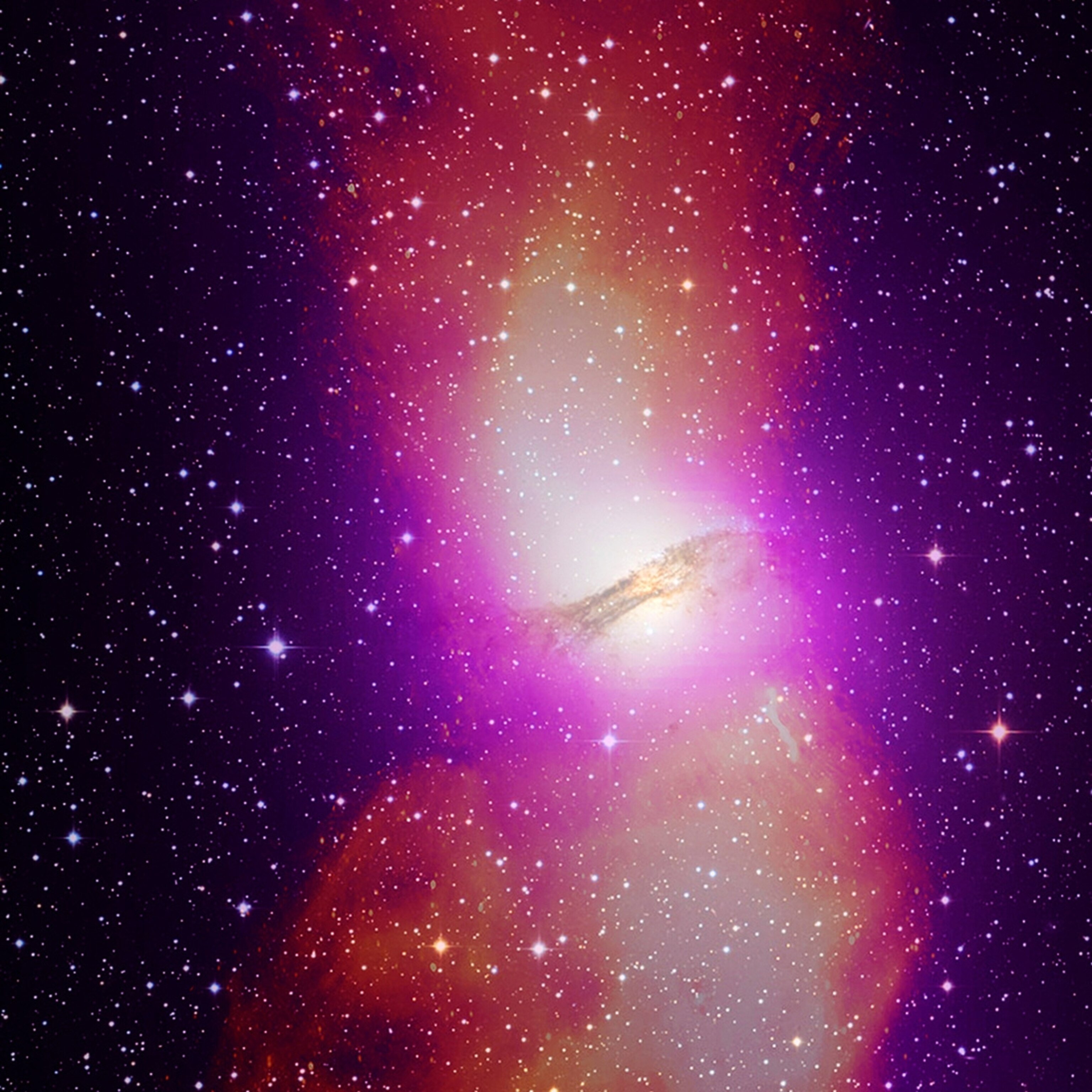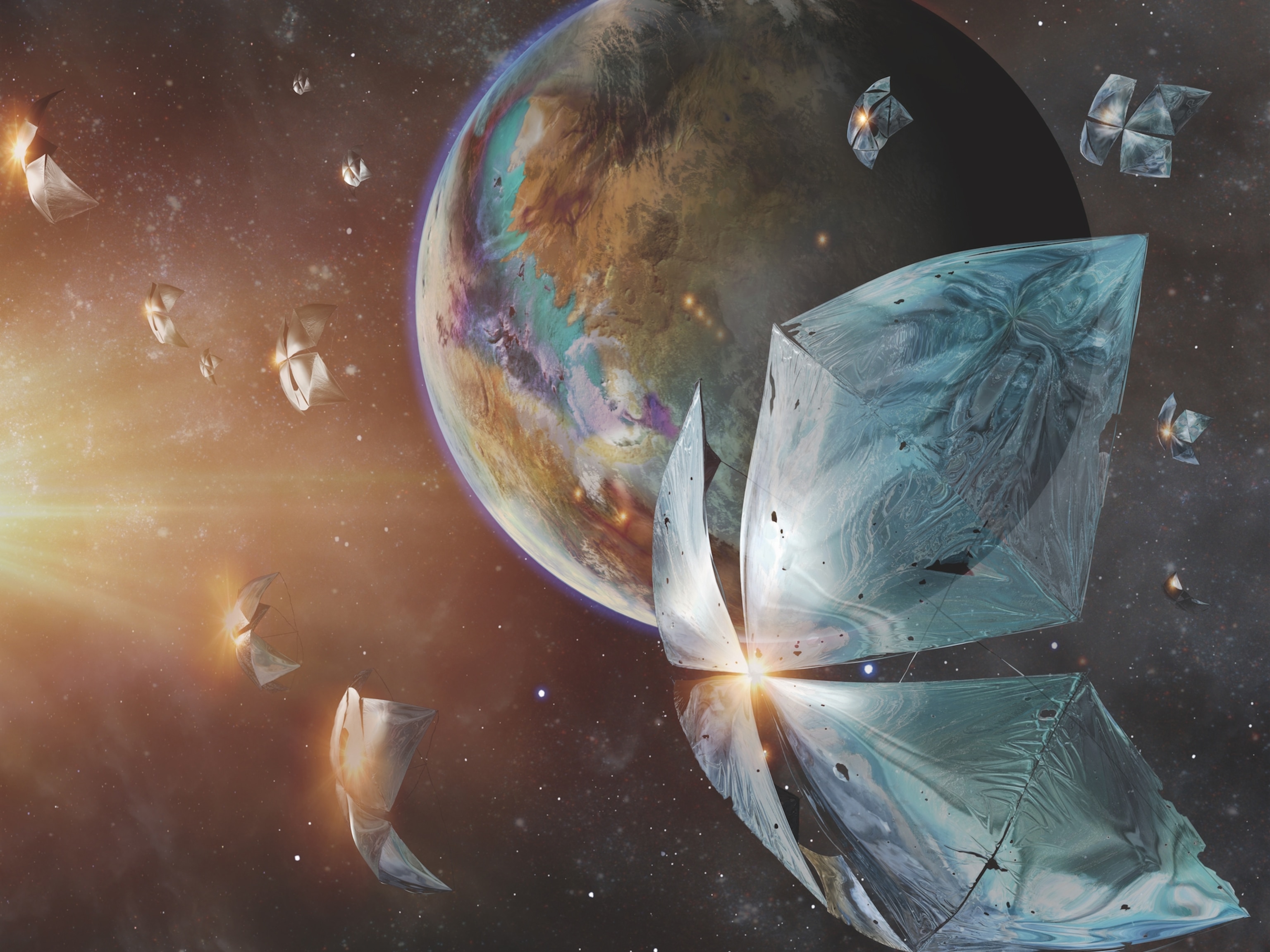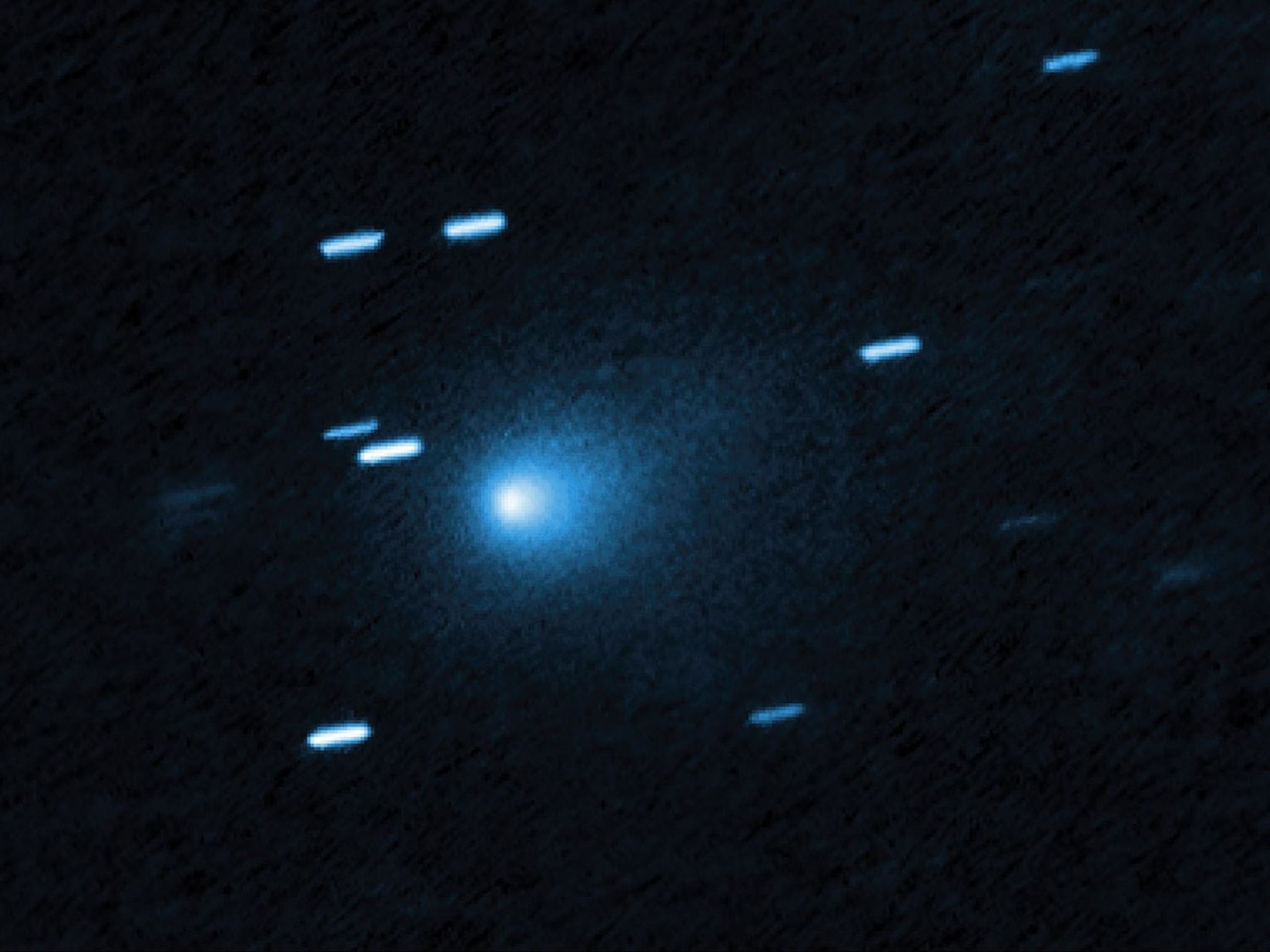Dear James Webb Space Telescope: How you will show us the future
An award-winning science fiction author looks toward the myriad ways the innovative mission will change our understanding of the cosmos.
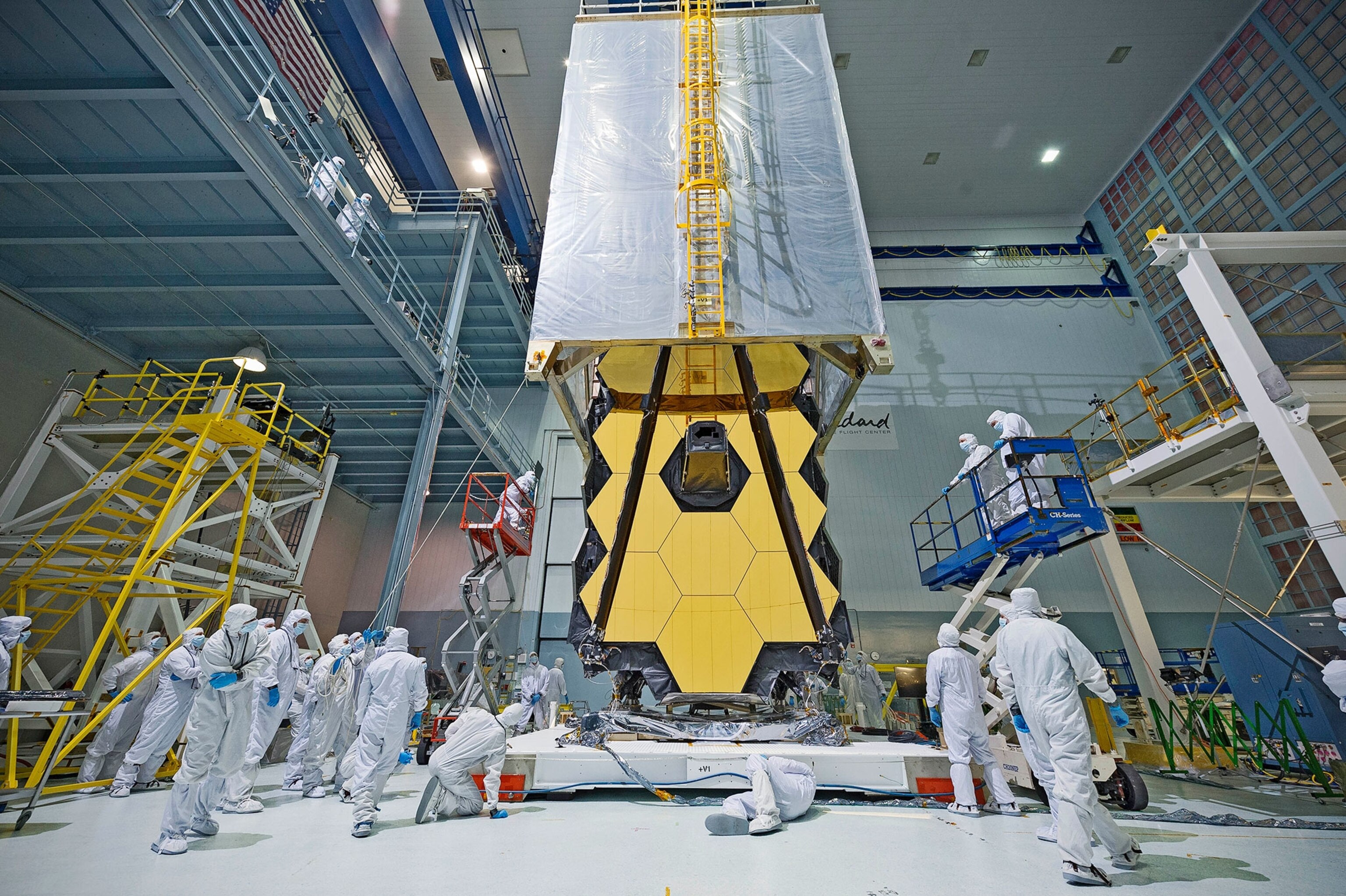
Dear James Webb Space Telescope,
You're going to change everything. When you finally launch in March 2021 (we hope), you're going to shine a light on where we came from and where we might end up living.
We've waited a long time for you; your original target launch date was all the way back in 2007. But I know all about taking a long time to get ready to go out—and when you finally make your appearance, you're going to be beautiful, with your 25-foot golden mirror and your five-layer sunshield. But you’ll be hard at work, too: You'll hang there in a stable orbit, one million miles away from Earth at the L2 Lagrange point, as you gaze out into space.
You'll see things that nobody from Earth, and none of our telescopes, have ever seen before: the first light of the universe, the birth of stars, and gravity’s assembly of galaxies. Your infrared telescope will be able to witness star formation even through dense clouds of gas, and you will detect objects so far away, their original ultraviolet glow has shifted down to infrared by the time it gets to us, billions of years and sextillions of miles later.
I can't even wrap my mind around the feats of engineering that have gone into your construction. Several new technologies had to be invented to make you work, including the new material for your sunshield and the software that'll keep you orbiting the L2 Lagrange point. Packing those innovations into a rocket was a masterstroke, too: When you (eventually) blast off from French Guyana, your huge mirror and your sunshield will be folded up inside an Ariane 5 rocket. Once you reach space, you’ll unfurl yourself in a complex, week-long sequence with little margin for error.
And once you're up there and fully in position, we're going to learn so much about the universe from the pictures and data you'll send back. We'll finally be able to peer inside the Eagle Nebula's famous Pillars of Creation. We'll be able to study some of the bodies in our own solar system in a new way, including Mars, Saturn, and Saturn’s largest moon, Titan.
But those aren't why I'm dying for you to get up there and start doing your job. There's one particular reason why I'm counting the days until March 2021: exoplanets.
Don’t get me wrong, I love the bodies in our solar system, but there's something about the light of a different sun that captures my imagination. The idea of looking up in the sky and seeing two suns, or a sun that never changes position, or a light that shines in different wavelengths, is just amazing.
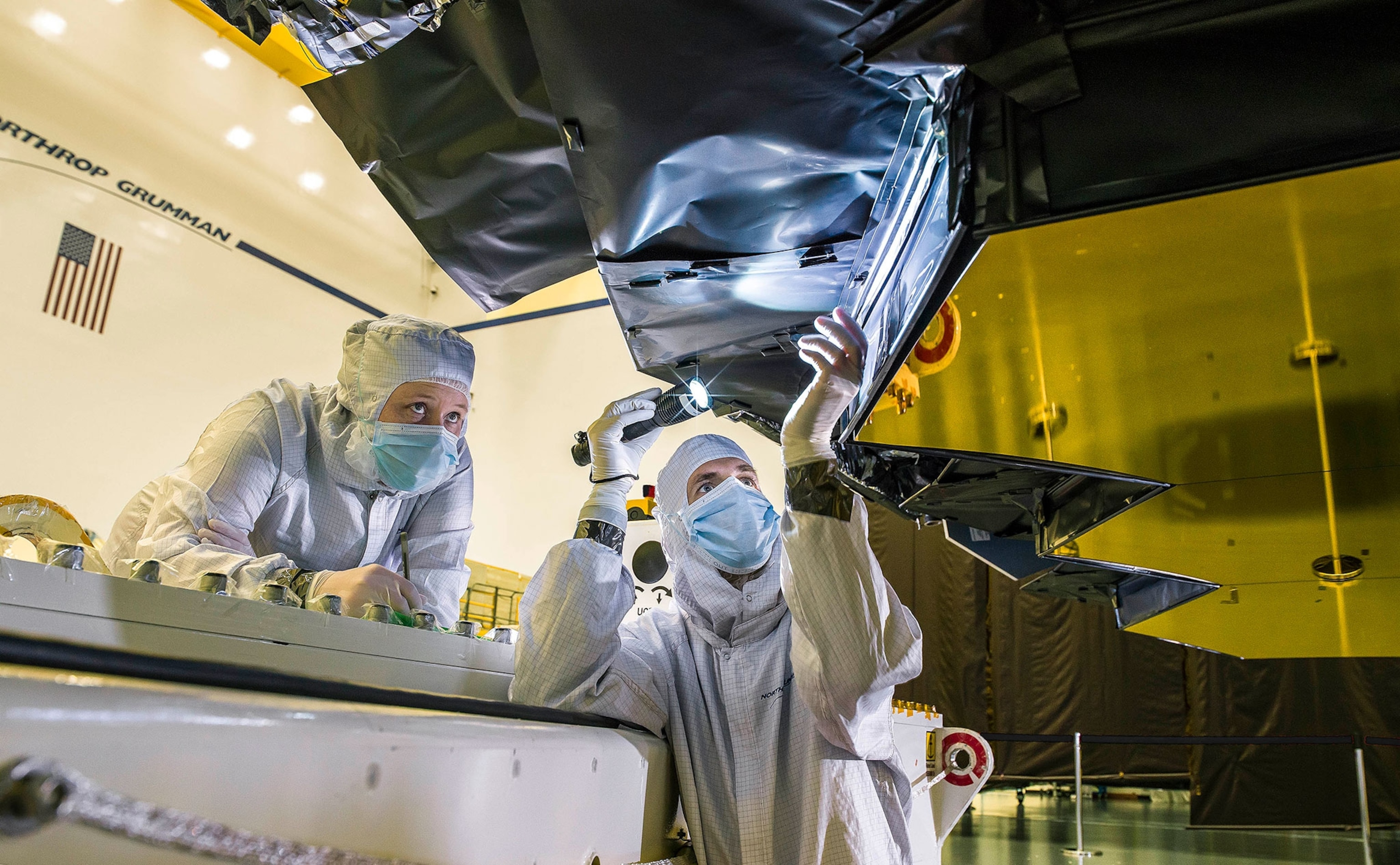
By spotting the "wobble" that stars feel from planets that orbit them, you’ll be able to measure planetary masses. And by watching closely, you’ll be able to see how a planet’s atmosphere absorbs the light of its parent star, which will let you deduce its chemical composition. In this way, your infrared camera may be able to detect the presence of specific molecules, such as water. Will you be the first instrument to see signs of alien life, perhaps in the form of a planet shrouded in both carbon dioxide and methane?
When I was doing research for my recent novel, The City in the Middle of the Night, your name came up a lot. City takes place on a tidally locked world called January, meaning that there's a permanent day side and night side, and one side of January always faces its sun. Astronomers believe that tidally locked worlds are common outside of our solar system, especially when you look at planets that are in the habitable zones of their stars.
As I researched City, I couldn’t help but imagine what it might be like to live on a planet where the day and the night are places, rather than times. What would it be like to live under a sky that hardly ever changes until you walk from day to night? What kind of plant life would flourish in a sun’s unchanging glare? Where would humans live: the day side, the night side, or just the thin strip of twilight between them? Would these planets even have atmospheres at all, or were they stripped away during a violent tantrum of stellar flares early in their home stars’ lives?
Fast Facts: James Webb Space Telescope
Agency: NASA, ESA & CSA
Expected Launch Date: March 2021
Launch Vehicle: Ariane 5 ECA
Launch Mass: 13,668 lbs (6,200 kg)
Power Source: Solar array
Primary Mirror Diameter: 21.3 ft (6.5 m)
We’re still learning so much about these worlds—divided between unmoving areas of darkness and light—and so many others, making remarkable progress in a short amount of time. It's only been in the past 30 years that we've started detecting exoplanets successfully, and only 10 years since we launched the Kepler space telescope to search for Earth-size planets around other stars. So far, we've found more than 4,000 planets in other star systems, barely scratching the surface on the planet count in our galaxy alone.
Though we can predict conditions on exoplanets with increasing sophistication, there's no substitute for hard data—and thanks to you, the universe will surely sneak up and surprise us. One thing I kept hearing from scientists is that they'll be shocked if your data don’t upend their theoretical models. Everybody's holding their breath, waiting for your many revelations.
Perhaps your biggest revelation would come from a familiar sight: something that looked very much like our Earth, but light-years away. The idea of safe harbor out there in the universe—the home of aliens looking back at us, or perhaps an interstellar oasis for future humans—is endlessly alluring.
You're going to help us keep that dream alive, James Webb Space Telescope. Even as you help us to understand the very beginnings of time, you're also going to light the way to our wildest dreams for the future. I can't wait until you get started.
Yours wonderingly,
Charlie



